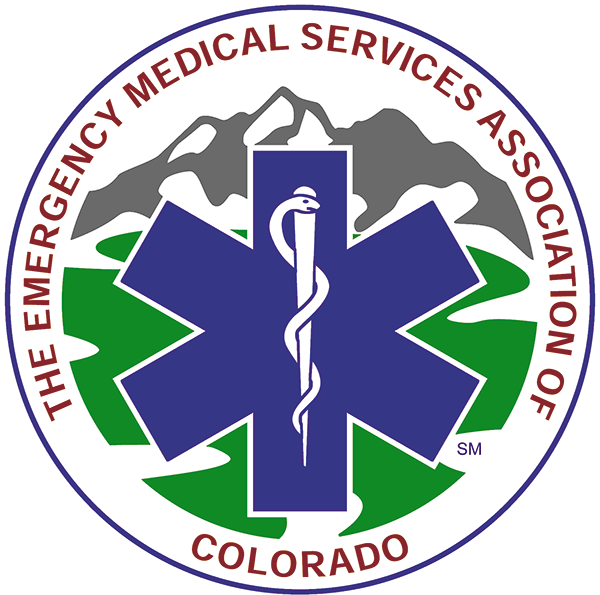At face value, the use of lights and sirens by prehospital emergency medical personnel does not seem to be an area of high-value research or controversy. Drivers are all quite used to seeing emergency vehicles at work on the streets, lights flashing, and sirens wailing. Both lights and sirens are, and for a long time have been, standard components of EMS vehicles. They are used both to decrease the time it takes emergency medical personnel to respond to the location of an accident, illness, or injury, as well as the time it takes to transport the patient to a definitive care center. They are also used to keep medical providers safe while on the scene of an incident. The judicious and safe use of lights and sirens is a topic that has been well-researched recently[1][2], and the manner in which emergency medical service (EMS) providers use them has changed significantly over time. Their use presents quantifiable risks and benefits, both to EMS personnel and to the public. Like any medical intervention, those risks and benefits need to be thoughtfully considered and measured. This is to allow for the greatest safety for EMS providers and non-medical traffic and pedestrians, and the maximal benefit for the patients being transported for care.
